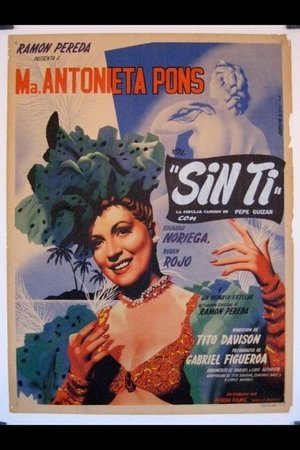

Gunpoint(1972)
Semi-documentary exposé of scandalous hunting practices in the Sologne, a wooded area south of Orléans where he shared a house at the time. The film, part tribute to Jean Renoir's The Rules of the Game (1939) and its celebrated hunting scene, is notable for its cinematography by Polish director Walerian Borowczyk.
Movie: Gunpoint

Au bout des fusils
HomePage
Overview
Semi-documentary exposé of scandalous hunting practices in the Sologne, a wooded area south of Orléans where he shared a house at the time. The film, part tribute to Jean Renoir's The Rules of the Game (1939) and its celebrated hunting scene, is notable for its cinematography by Polish director Walerian Borowczyk.
Release Date
1972-01-01
Average
6
Rating:
3.0 startsTagline
Genres
Languages:
FrançaisKeywords
Recommendations Movies
Behind Enemy Lines: Making Gunpoint(en)
A short documentary about the making of Peter Graham's 'Gunpoint', featuring an interview with Graham.
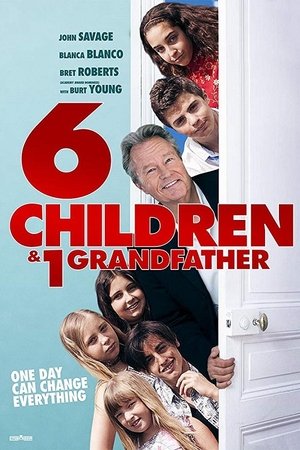 5.7
5.7Six Children and One Grandfather(en)
David McDoll is a selfish and wealthy man living an enviable lifestyle in his large villa and collecting fancy cars. However, his life is about to be changed forever when he inherits his six grandchildren. His glamorous lifestyle quickly becomes complete chaos. But he will learn a valuable lesson that teaches him about placing family first and discovering a newfound appreciation for life.
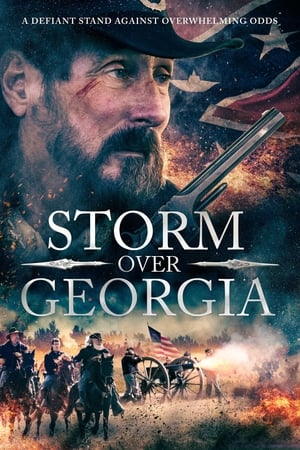 5.7
5.7Storm Over Georgia(en)
In the middle of Sherman's March, in eastern Georgia, Confederate infantry, cavalry, and artillery make a bold stand against the overwhelming numbers of the Union army as it tears across Georgia.
 7.2
7.2Stranger(da)
When 19-year-old Aathi and her family, as the first farmers ever, arrive in what is now known as Denmark, her family is killed by a local tribe of hunter-gatherers. To survive, Aathi and her brother are forced to live with the tribe.
 9.8
9.81st Kiss(ja)
After losing her husband to death following a troubled marriage, a woman unexpectedly travels back to the moment before their first meeting, allowing them to reconnect and rekindle their romance.
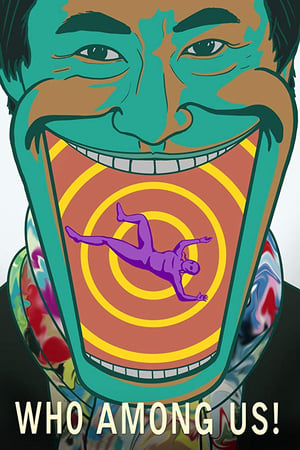 8.0
8.0Who among us!(en)
A single machine is hidden among human contestants. Will they uncover who is the Fake?
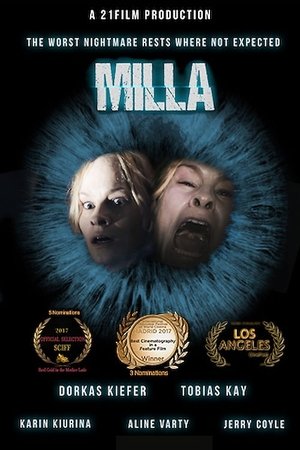 9.0
9.0Milla: The Movie(en)
"THE WORST NIGHTMARE RESTS WHERE NOT EXPECTED" After being released from a mental institution, Milla is taken to her new home by her husband Gregor and their daughter Madleine. As they settle in the new house, Milla experiences a series of events, that may be supernatural or in her head. The key to this phenomenons are the holes in the wall, that keep constantly staring at her. Somehow she feels watched through the holes, that appear to breathe and replicate through the house - although Milla doesn't witness a ghost, she feels it. It tries to remind her of something long forgotten. As Milla's broken mind made her vulnerable and susceptible to whatever ghosts may haunt her house, it becomes more and more difficult, to say what is alive and what is an echo. In the end Milla finds out, that the ghosts are a manifestation of her pain, that has built the home she lives in.
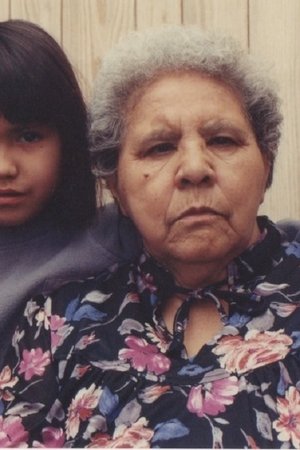 8.0
8.0The Learning Path(en)
Native control of education is explored in THE LEARNING PATH. Director Todd, a Metis, introduces Edmonton elders Ann Anderson, Eva Cardinal, and Olive Dickason, remarkable educators who are working with younger natives. They recount harrowing experiences at reservation schools, memories which fuelled their determination to preserve their language and identities. Using a unique blend of documentary footage, dramatic re-enactments, and archival film, Todd weaves together the life stories of three unsung heroines who are making education relevant in today's native communities.
 5.5
5.5The Incoherents(en)
Four forty-somethings each mired in some sort of mid life malaise reunite their 90's indie rock band.
 8.0
8.0Fun on a Sand Hill(en)
A very amusing picture, showing a crowd of children and old folks disporting on a sand hill in one of the big public parks of Berlin. This picture is one of the "hits" of the Biograph.
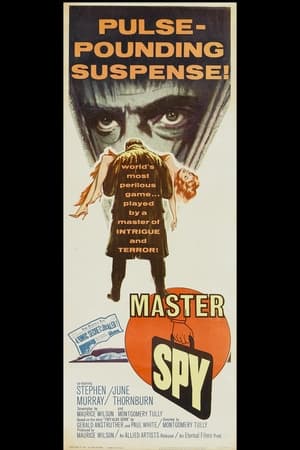 6.0
6.0Master Spy(en)
Boris Turganev (Murray) is a Russian scientist who has absconded from a Communist prison in an attempt to achieve a better life working for the British. As Boris struggles to make his superiors believe he is there to work and not to spy for the Russians, an office romance blossoms that could put his mission in jeopardy.
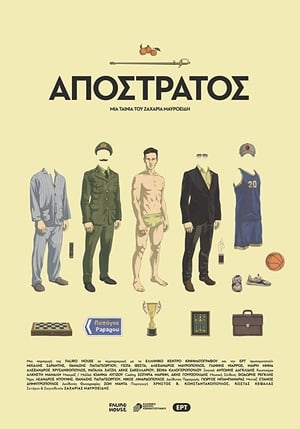 7.0
7.0Defunct(el)
A 30-something failed businessman moves into his grandpa's house, the defunct WW2 veteran. His quest to live up to his legacy, will redefine both the family hero and himself.
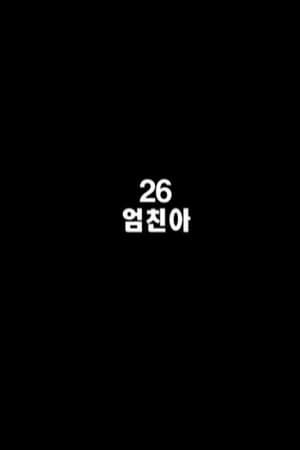 8.0
8.026, Best Korean Girl(ko)
A short that shows the pressure to get married that Korean girls in their late twenties have to go through. Ko Ah Rah, however, has her own way of dealing with her mother's insistent telephone calls.
 6.0
6.0Someone to Carry Me(en)
After witnessing a murder, Dan finds safety with Angelica and Michael. Unaware of the danger he has put them all in
 6.0
6.0Aanchal(hi)
Hearts collide when the conniving Jaggan (Prem Chopra) convinces Kishan (Amol Palekar) that his wife, Shanti (Rakhee Gulzar), is having an affair with his brother Shambhu (Rajesh Khanna). Of course, all this is done so that Kishan will marry Jaggan's cousin Tulsi (Rekha) according to Jaggan's master plan … even though Tulsi would much rather marry Shambhu. Confused? Don't worry. So are these weary lovers!
 8.4
8.4Michael Jackson: HIStory World Tour - Live in Brunei(en)
The HIStory World Tour was the third and final worldwide solo concert tour by American artist Michael Jackson, covering Europe, Africa, Asia, Oceania and North America. The tour included a total of 82 concerts and was attended by approximately 4.5 million fans, beating his previous Bad World Tour with 4.4 million. The HIStory World Tour spanned the globe with stops in 58 cities, 35 countries on 5 continents. Unlike the Bad and Dangerous World Tours, the History World Tour has never been released on DVD, despite many fans requesting it. However, there have been several full concerts leaked on the internet.
Similar Movies
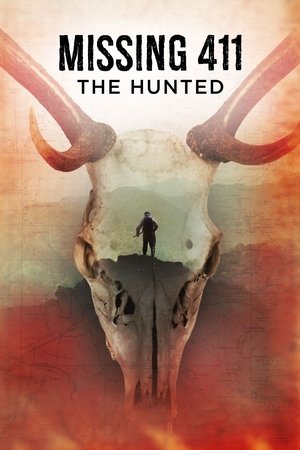 6.8
6.8Missing 411: The Hunted(en)
Hunters have disappeared from wildlands without a trace for hundreds of years. David Paulides presents the haunting true stories of hunters experiencing the unexplainable in the woods of North America.
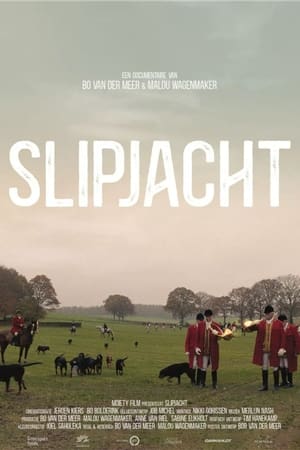 0.0
0.0Slipjacht(nl)
A dive into the world of a theatrical tradition with riders in classical costumes, hunting horns and bloodhounds. The drag hunt is a hunt without guns, where you do not hunt an animal, but a piece of cloth. It seems to be something of this time, but drag hunting is still under pressure. Can this age-old tradition survive in modern society? How do the riders view this spectacle full of etiquette?
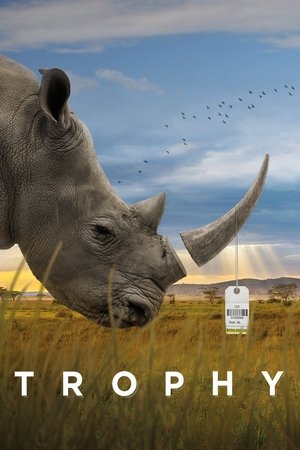 7.0
7.0Trophy(en)
This in-depth look into the powerhouse industries of big-game hunting, breeding and wildlife conservation in the U.S. and Africa unravels the complex consequences of treating animals as commodities.
Kaali Goes for Seal Hunting(en)
One day in the lives of an average Greenlandic family, which happens to be of great importance for 8-year old Kali - he's about to catch his first prey with the harpoon. The whole family is looking forward for the huge step in boy's maturation.
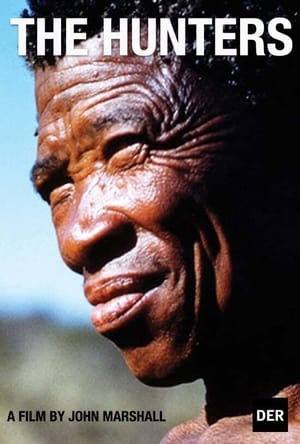 6.1
6.1The Hunters(en)
An ethnographic film that documents the efforts of four !Kung men (also known as Ju/'hoansi or Bushmen) to hunt a giraffe in the Kalahari Desert of Namibia. The footage was shot by John Marshall during a Smithsonian-Harvard Peabody sponsored expedition in 1952–53. In addition to the giraffe hunt, the film shows other aspects of !Kung life at that time, including family relationships, socializing and storytelling, and the hard work of gathering plant foods and hunting for small game.
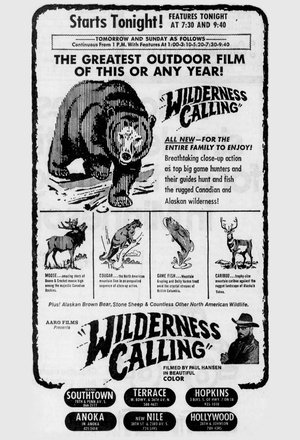 0.0
0.0Wilderness Calling(en)
A young boy from the Dakota prairies grows up heeding the "call of the wilderness." He hunts for pheasant in the Illinois cornfields; ducks and geese in the northern lakes; deer in the Dakota Bad Lands; mountain sheep, goats, caribou, moose, and mountain lions in British Columbia and the Yukon; and brown bears on the Alaskan peninsula. He fishes in British Columbia's mountain streams for grayling and along the Bering Sea coast for trout. The film includes footage of swans, eagles, cnd ptarmigans; a beaver colony repairing a dam; battling rams; and sheep at rest in the mountains.
 0.0
0.0The Outdoorsman(en)
A group of outdoorsmen demonstrate duck hunting as a preliminary to traveling the various hunting and fishing centers of the world. They begin their journey with a trip to the Rocky Mountains to hunt elk and mountain lions and to fish in the freshwater lakes. They travel to Lac la Ronge in Saskatchewan and to Anchorage and the Katmai Peninsula in Alaska to fish for trout, salmon, and grayling and hunt moose and bear. In the Arctic, the hunters go with a group of Eskimos for their biggest catch, the polar bear. The hunters travel south by plane, to the Fishing Club of Panama to fish for marlin, tuna, shark, and dolphin in the Gulf of Panama. In South Africa and the Zambesi River basin, they often hunt with only a camera. Accompanied by native beaters, they hunt elephants, antelope, buffalo, crocodiles, and hippopotami. As conservationists they capture some almost extinct white rhinoceros and take them to a game preserve for protection.
Sport and Entertainment in Batavia(en)
Duck archery is not the same as duck hunting. This is a Pordenone moment I will never forget – in actuality short Distraction et Sport à Batavia (1909), the residents of what is now call Jakarta make the most of their leisure time by pursuing a variety of mostly healthy exploits. But really, I can see no justification, nor explanation for why a round of archery needs to be enlivened by affixing live poultry to the target. As my good man Peter tweeted at the time: “One right in the neck, yeesh.” Sensitive viewers should be aware that animal cruelty abounds in silent cinema – the most notable, and egregious, example is Edison’s notorious Electrocuting an Elephant. The most poignant fictional example is perhaps the poor horse in Eisenstein’s October. (from http://silentlondon.co.uk/2015/01/23/10-disgusting-moments-in-silent-cinema/)
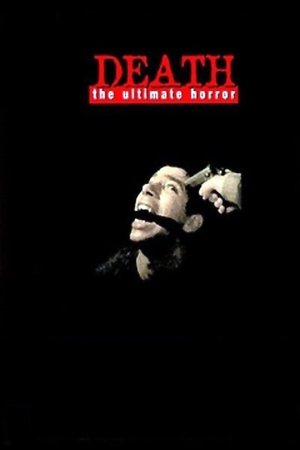 6.3
6.3Death: The Ultimate Horror(en)
This grisly documentary presents horrifying journalistic footage of suicides, assassinations, bombings, mob hits, decapitations, and more in bloody detail. Not for the faint of heart.
Nuestros safaris(es)
Argentinian short film which shows local fauna and hunting.
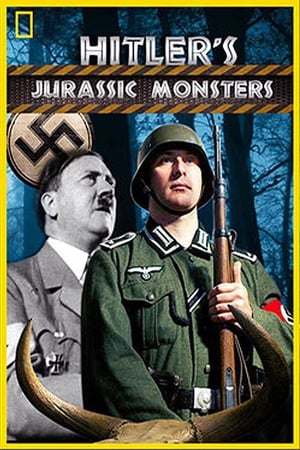 4.8
4.8Hitler's Jurassic Monsters(en)
This is the untold story of a Nazi vision, that went far beyond the military conquest of European countries. As part of their crazed dream to create a thousand-year Reich they developed detailed blueprints for Aryan settlements and vast hunting parks for ‘Aryan’ animals. Goering and Himmler employed Germany’s best scientists to launch a hugely ambitious programme of genetic manipulation to change the course of nature itself, both in the wild and for domestic use. In a fascinating blend of politics and biology, Hitler's Jurassic Monsters is the true and asthonishing story of how the Nazis tried to take control of nature and change the course of evolution.
 0.0
0.0The Last Wilderness(en)
Archery expert Howard Hill and a cameraman go to Wyoming to film this wild-animal three-reel short. Besides the scenery, the scenes include a buffalo killed by an arrow shot by Hill (for food); a wildcat and a coyote in a battle, and a fight-to-the-death between a mother bear protecting her cubs against a killer male bear.
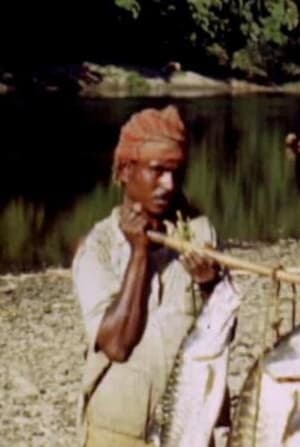 0.0
0.0Old Barak(en)
Amateur film of fishing and geese-shooting trips by a British party in India.
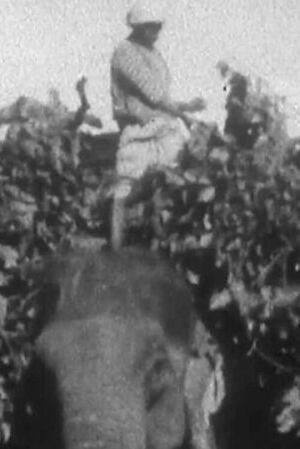 0.0
0.0Indian Elephants in the Service of Man(en)
Indian elephants in action as working animals and in hunting.
 0.0
0.0My Deer Hunter(fr)
My Deer Hunter is the meeting of Alain, man of the nature and passionate of hunting with the deer, at the moment where the nervousness of the first days of hunting settles down. It's a family reunion, a return to the source in the lands of Témiscouata.
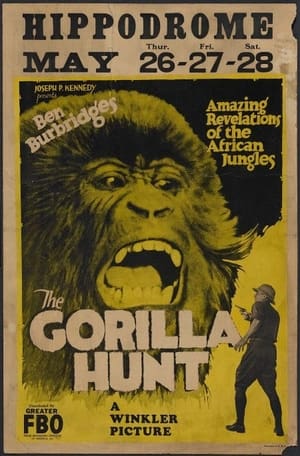 0.0
0.0The Gorilla Hunt(en)
Mr. Burbridge's party slew three giant gorillas, one weighing something like 450 pounds. Two of these were sent to the Belgian Government and one to the Smithsonian Institution. The explorer also brought away with him three young gorillas, one of which weighed 125 pounds and put up a good battle before he surrendered. Mr. Burbridge shows some amusing scenes with these animals, one of them being that of a young gorilla who insists on getting tangled up in a drum of film. (cont. http://www.nytimes.com/movie/review?res=9B04E5D7143CEE3ABC4C52DFB467838D639EDE)
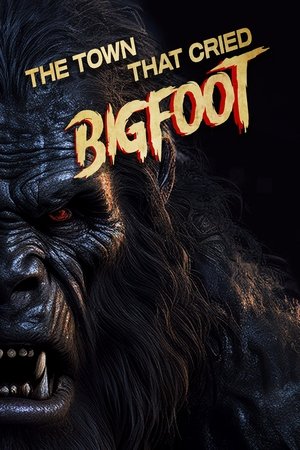 10.0
10.0The Town That Cried Bigfoot(en)
In the bitter winter of 1978, four desperate council members from a small Virginia town hatched a daring Bigfoot hoax to save it from the brink of bankruptcy. But as the money grew, so did the greed-triggering the town's first unsolved murder.
 0.0
0.0Goodbye, Hunter(fr)
For the Frigons, hunting is a family affair that forges and solidifies the bonds between generations. For many autumns, Louis-Henri has been tracking moose alongside Sasha, his grandson. On the other hand, at the dawn of his 81st birthday, old age reminds him that his career as a hunter is behind him. This year, Louis-Henri will not go hunting and Sasha will go without him for the first time. Goodbye, Hunter offers an intimate look at the moment of the passing of a long family tradition.

